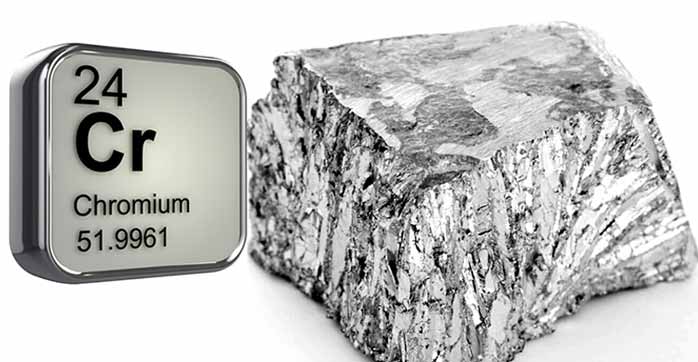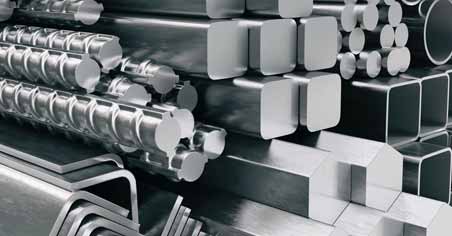Why is Chromium Added to Steel?

Chromium is a powerful alloy element and steel, which can help in improving the hardenability of steel. So, when you check out the process of the hardness and the steel, then it can only be dependent upon the Chromium.
There are different types of things that can help you to understand about the alloying of steel. When you check the corrosion resistance of allies in the oxidizing media, then it can also be improved by using the help of Chromium.
Such things can help in preventing the corrosion in the alloy Steel. With the presence of the Chromium, it can also lead to excessive hardness, which means that it can also cause a crack in it. So, it can be considered as a great addition to the steel alloys.
What is Alloying?

Alloying is a cycle wherein at least two metal elements are melted together in a precise blend to shape a specific material or alloy. Alloys are often favored over single element metals, particularly for patch preforms.
It is because of their different melting focuses, specific conductivity attributes, or improved thermal development values. Alloying is completed in either a casting operation or an induction furnace, which depends on the alloy.
If the induction furnaces are used, the alloy is filled with bars for some time later. While the joining of metal elements into an alloy may seem self-evident, the cycle requires close control to evade contaminates and oxidation.
What is the use of Chromium?
Chromium added to carbon steel in percentages normally greater than 11% creates stainless steel. At this percentage and greater, the corrosion resistance of steel boundlessly increments, and oxidation of the iron is prevented in numerous conditions.
The iron does not oxidize because the Chromium will oxidize first and structure a defensive layer over the steel. Chromium also assists with improving mechanical properties, even in smaller amounts.
It will build the steel’s strength, hardness, and ability to be heat treated. Common steels with high amounts of Chromium incorporate grades 439, 309, 2205 stainless sheets of steel. Grade D2 tool steel additionally has significant amounts of Chromium.
Why is Chromium used in Alloys?
On account of Chromium added to iron (Fe-Cr alloys), there is another preferred position: an enormous increase in the corrosion resistance of the new metallic alloy contrasted with unadulterated iron.
There are generally more than a hundred chromium-containing metallic alloys. The advancement of everyone for a particular need, and each has its own set of properties and attributes.
The most important attributes common to all chromium-containing alloys, among them stainless steels, is that they contain adequate Chromium to make them corrosion safe, oxidation safe, and heat safe.
Chromium Present in Stainless Steel

Stainless Steel is a conventional term for an enormous group of corrosion-safe alloys containing in any event 10.50% chromium and may contain other alloying elements. Stainless steels can be separated into five classes: martensitic, austenitic, ferritic, austenitic-ferritic purported duplex, and precipitation solidifying (PH).
These alloys have a chromium content that ranges from 11.50 to 18.00%. They generally have high carbon content from 0.15 to 1.20% contrasted with different stainless steels, and you can likewise use molybdenum or chrome steel foundry. These grades can be solidified through heat treatment to offer strength and hardness. They are attractive. The common uses are knife edges, careful instruments, shafts, and many others.
There are some of the details that you should know about the chrome steel foundry and its impact on different things. When it started to steal, then it can easily increase the resistance to the oxidation process. Such things can prove useful for different work processes. You can check out the overall impact and the properties to ensure that you have all the details about it.
